

| Philaenus spumarius - the Common Froghopper | ||
| ..... |
| One of our most familiar
insects, the Common Froghopper (Philaenus spumarius) comes in a variety of colours and
marked forms and very probably, all of those illustrated
here, will easily be found within a suburban garden. But for many people, the presence of this charming little jumper will be the familiar 'Cuckoo spit' found on garden shrubs and plants during the Spring and Summer months. A look inside the froth, will usually reveal the nymph, or as in the case of our photograph - a newly formed adult. The spit is produced by the nymph to prevent them from drying up and for a degree of protection and is a clever deterrant for many would be predators. It is produced by the nymph, by forcing air into a fluid exuded from the anus. |
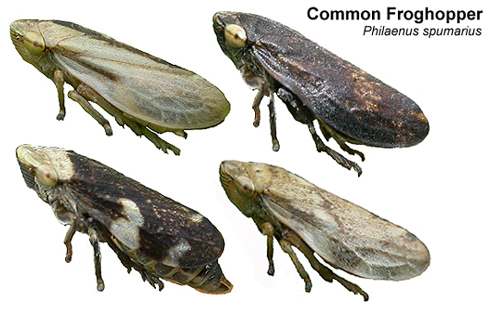 |
|
| ..... | ||
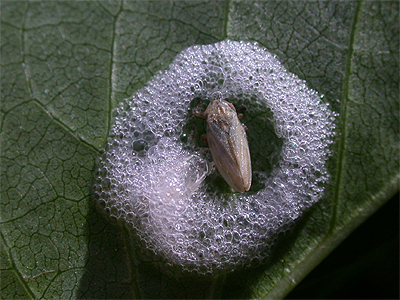 |
The Common Froghopper is
widespread in Nottinghamshire and across the UK and is
more regularly recorded by ourselves in a garden habitat,
than it is in a rural setting. To be honest, we rarely
record it away from our garden and most of our 'in the
field' Leafhopper records, refer to two similar species,
easily found by sweep-netting grassy habitats during the
Summer months. Similar species Neophilaenus lineatus and Neophilaenus exclamationis are two similar and noticeably smaller species of Froghopper. Both could be mistaken for Philaneus spumarius, but both are unlikely to occur in most gardens, preferring more open, grassy habitats. In a garden setting, the most likely confusion species is the larger Aphrophora alni, which regularly occurs on the stems of taller vegetation in urban and suburban gardens. |
|
| Philaenus
spumarius (Linnaeus, 1758) |
| Nottinghamshire status and
distribution: Philaenus
spumarius is certainly the most regularly
encountered of all the species featured. It is widespread
across the whole of Nottinghamshire, being common in both
urban and suburban gardens and any well vegetated site. Adult occurrence: Typically occurs from June until September, but we have numerous records from October and up to the end of November, when it regularly appears at an MV light trap operated from our garden. Identification: Length 5-7mm. Philaenus spumarius is extremely variable in colouration, with numerous colour forms. The outer edge of the forewing is convex throughout its length. |
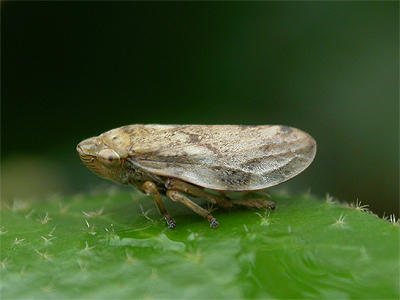 |
|
| Neophilaenus lineatus (Linnaeus, 1758) |
| Nottinghamshire status and
distribution: Neophilaenus lineatus is
a common species of grassy areas. On the distribution
map, it appears to be generally confined to the dry,
sandy soils of the Sherwood Forest area, but this may be
due to a lack of recording from other parts of the
county. Adult occurrence: Adults are around from June through to November, with some over-wintering. Identification: Length 5-7mm. Superficially similar to Philaenus spumarius, but smaller and easily identified by the pale line running down the length of the forewing. |
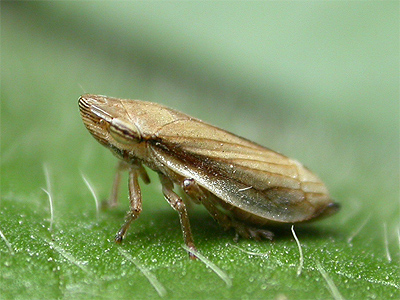 |
|
| Neophilaenus exclamationis (Thunberg, 1784) |
| Nottinghamshire status and
distribution: This appears to have a more
restricted distribution in Nottinghamshire, based on the
few records we have received over the past few years. Neophilaenus exclamationis is a species of dry, grassy sites, where sweep-netting is the most productive method of finding it. It has regularly turned up during surveys of heathland sites and it is commonest in the more grassy sections of Budby South Forest, Rainworth Heath and Sherwood Heath, but we also have records from Gedling CP and Langwith Quarry. Adult occurrence: June, continuing into November with some adults remaining to over-winter. Identification: At 4-5mm, Neophilaenus exclamationis is smaller than N. lineatus and Philaenus spumarius. Identification is relatively straight forward, with the distinguishing features being the pale area along the costal margin and a pale triangular spot near the apex. |
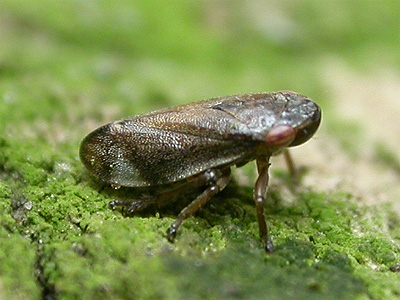 |
|
| Aphrophora
alni (FallÚn,
1805) |
| Nottinghamshire status and
distribution: A widespread species of well
vegetated sites, which includes urban gardens. Adult occurrence: Typically from June to October most years. Identification: This is probably the most likely confusion species with Philaenus spumarius, although the length (9-10mm) should really avoid any confusion between the two species. Aphrophora Froghoppers can be recognised by the keel running down the mid-line of the head and pronotum. |
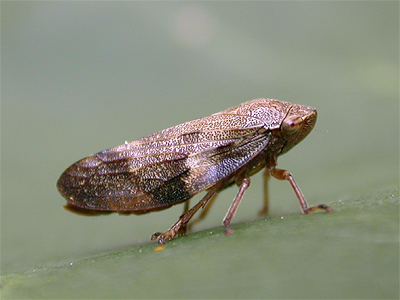 |
|
| Nottinghamshire (VC56) distribution | ||
| .... | ||
| Nottinghamshire (VC56) distribution of Philaenus spumarius | Nottinghamshire (VC56) distribution of Neophilaenus lineatus | |
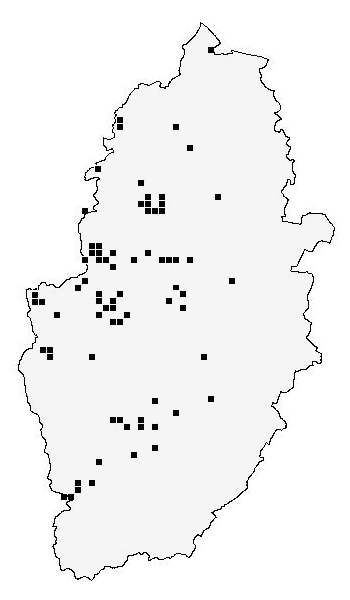 |
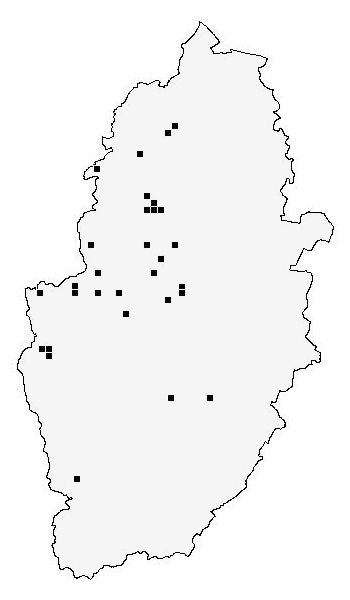 |
|
| .... | ||
| Nottinghamshire (VC56) distribution of Neophilaenus exclamationis | Nottinghamshire (VC56) distribution of Aphrophora alni | |
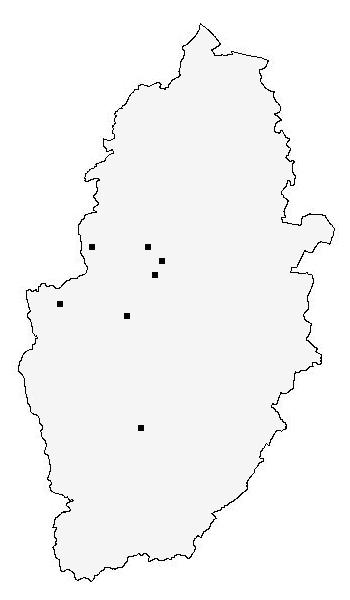 |
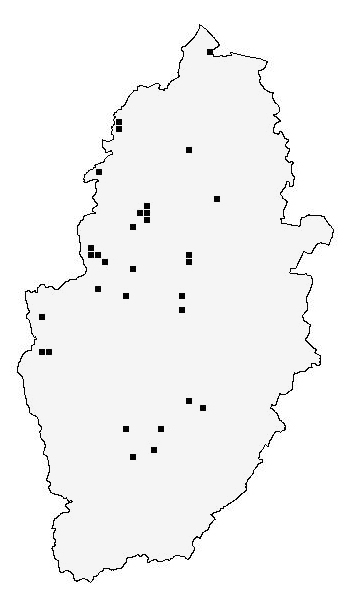 |
|
| .... | ||